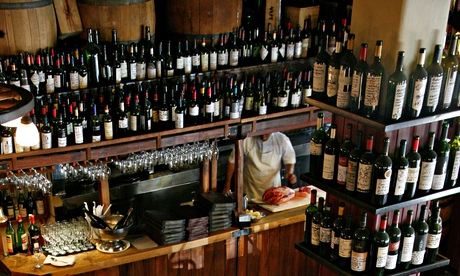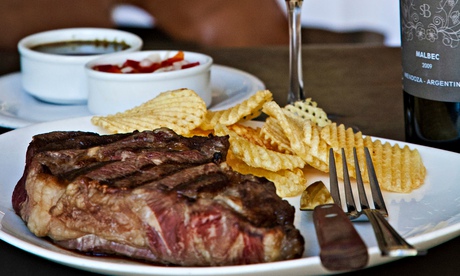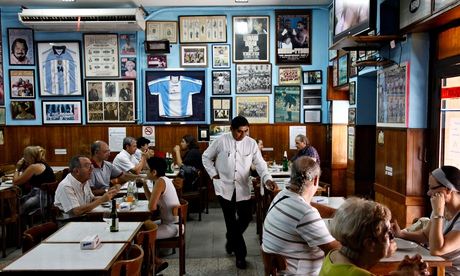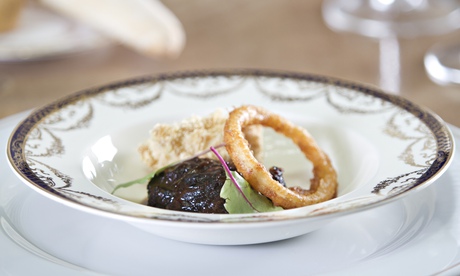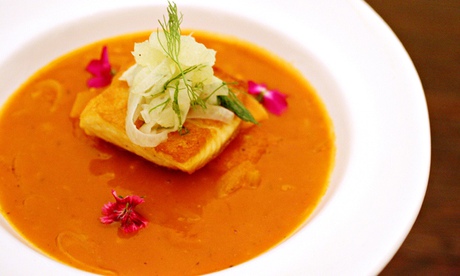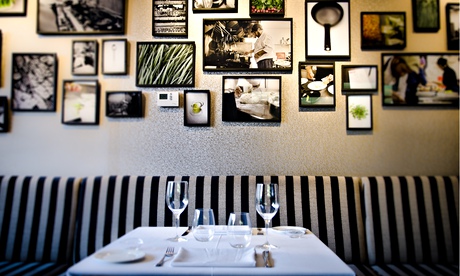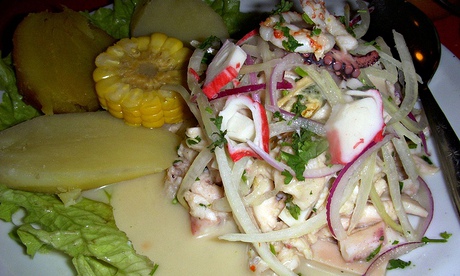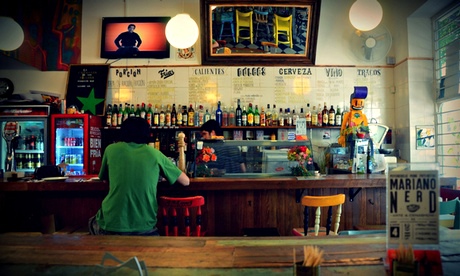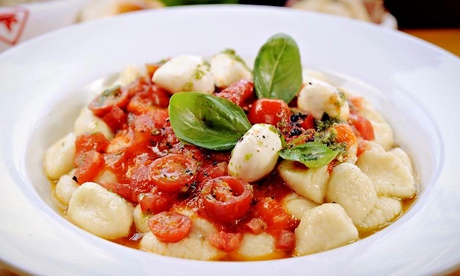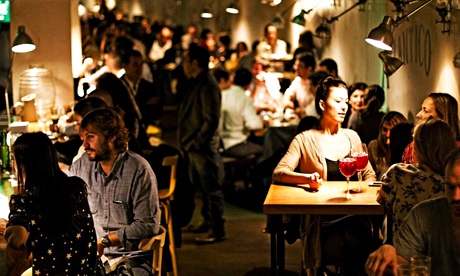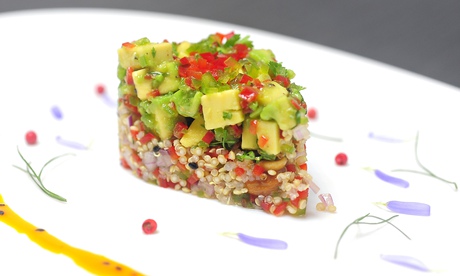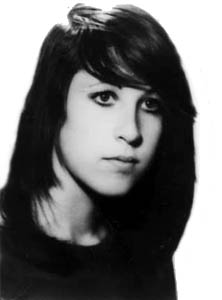Subway rolling strikes affect thousands of commuters
The rotating strikes in BA subway
lines began just as it was announced by the Metrodelegados subway
workers union on Monday. At 5 am the B line was paralysed until 8 am
with protests beginning then at the H line.
The 3-hour rolling strikes is only the latest chapter in a long-running dispute between the Metrodelegados and the UTA transport union over which of the unions is the genuine representative of subte workers.
B subway line union leader Claudio Dellacarbonara explained that the strike was decided after the Labour Ministry suspended a hearing in which they were to plea for its legal entity as a union, which is currently only recognized to UTA transport union.
The battle will now continue in courts, it was stated by the Labour Ministry yesterday and confirmed this morning by Cabinet Chief Jorge Capitanicd in his daily press conference at the government house.
Rolling strikes
Subway Line B from 5 to 8
Subway Line H from 8 to 11
Subway Line C from 11 to 14
Subway Line D from 14 to 17
Subway Line E from 17 to 20
Subway Line A from 20 to 23
you can read more about this here.
The 3-hour rolling strikes is only the latest chapter in a long-running dispute between the Metrodelegados and the UTA transport union over which of the unions is the genuine representative of subte workers.
B subway line union leader Claudio Dellacarbonara explained that the strike was decided after the Labour Ministry suspended a hearing in which they were to plea for its legal entity as a union, which is currently only recognized to UTA transport union.
The battle will now continue in courts, it was stated by the Labour Ministry yesterday and confirmed this morning by Cabinet Chief Jorge Capitanicd in his daily press conference at the government house.
Rolling strikes
Subway Line B from 5 to 8
Subway Line H from 8 to 11
Subway Line C from 11 to 14
Subway Line D from 14 to 17
Subway Line E from 17 to 20
Subway Line A from 20 to 23
you can read more about this here.

